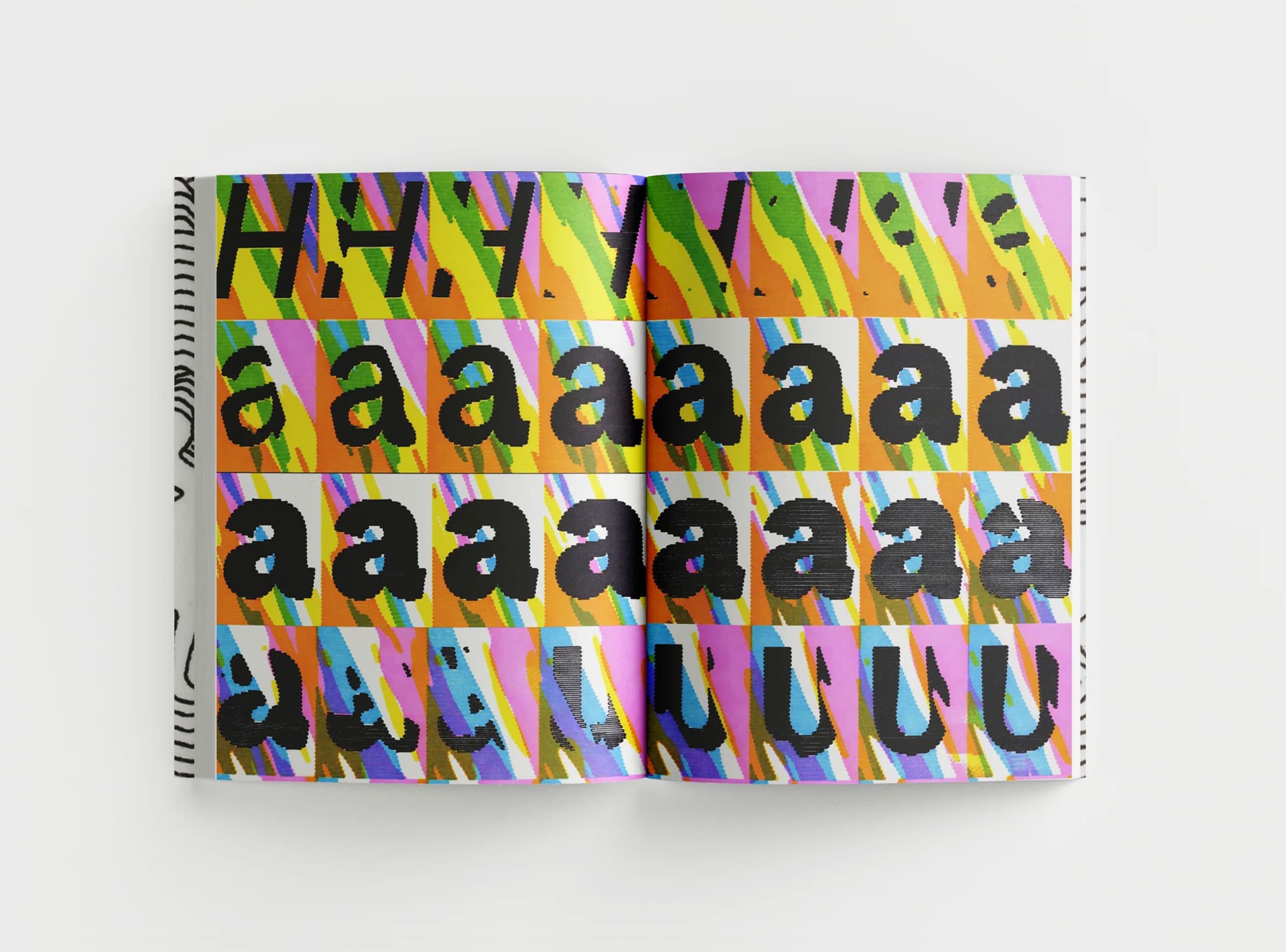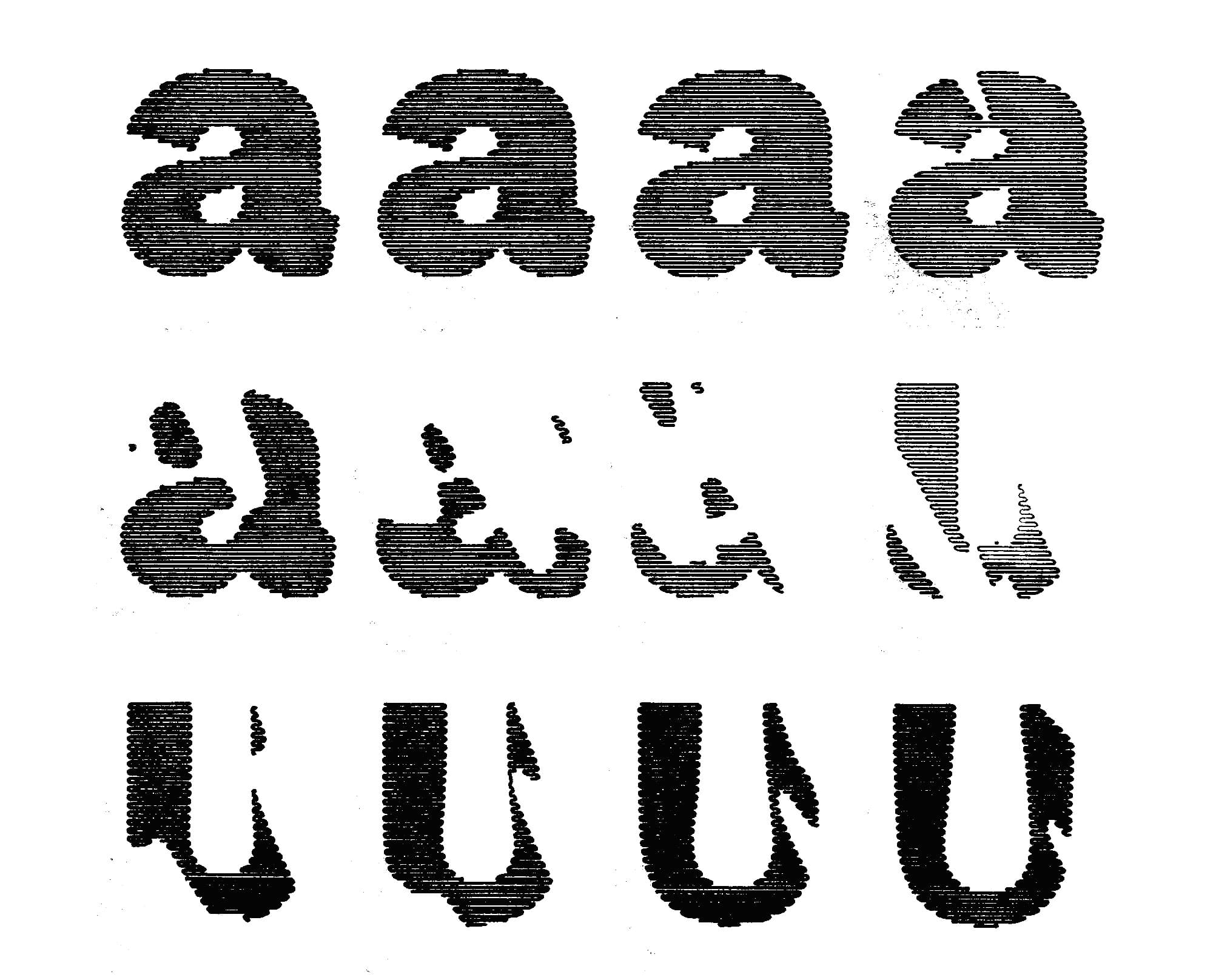Hauss
The Marmaray Tunnel, beneath the Bosporus strait, linking Kazlıçeşme, Zeytinburnu in Europe with Ayrılıkçeşmesi in Asia. The tunnel consists of two single track tunnels with three underground railway stations: Yenikapı, Sirkeci and Üsküdar.
West Coast Main Line is one of the most important railway corridors in the United Kingdom, connecting the major cities of London and Glasgow with branches to Birmingham, Manchester, Liverpool and Edinburgh. It is one of the busiest mixed-traffic railway routes in Europe, carrying a mixture of intercity rail, regional rail, commuter rail and rail freight traffic.
The core route of the WCML runs from London to Glasgow for 400 miles (644 km) and was opened from 1837 to 1881. With additional lines deviating to Northampton, Birmingham, Manchester, Liverpool and Edinburgh, this totals a route mileage of 700 miles (1,127 km). The Glasgow–Edinburgh via Carstairs line connects the WCML to Edinburgh. However, the main London–Edinburgh route is the East Coast Main Line. Several sections of the WCML form part of the suburban railway systems in London, Coventry, Birmingham, Manchester, Liverpool and Glasgow, with many more smaller commuter stations, as well as providing links to more rural towns. It is one of the busiest freight routes in Europe, carrying 40% of all UK rail freight traffic. The line is the principal rail freight corridor linking the European mainland (via the Channel Tunnel) through London and South East England to the West Midlands, North West England and Scotland. The line has been declared a strategic European route and designated a priority Trans-European Networks (TENS) route. A number of railway writers refer to it as "The Premier line".
The Grossglockner High Alpine Road (in German Großglockner Hochalpenstraße) is the highest surfaced mountain pass road in Austria. It connects Bruck in the state of Salzburg with Heiligenblut in Carinthia via Fuscher Törl at 2,428 m and Hochtor Pass at 2,504 m. The road is named after the Grossglockner, Austria's highest mountain. Built as a scenic route, a toll is charged. The road leads from Bruck in the Salzach Valley via the northern toll booth at Ferleiten (near Fusch) with numbered hairpin curves up to Hochtor Pass, with a 1.5 km (0.93 mi) branch-off from Fuscher Törl.
When, in 1924, a group of Austrian experts presented a plan for a road over the Hochtor (the high pass), they were ridiculed in a time when in Austria, Germany, and Italy there were only 154,000 private automobiles, 92,000 motorcycles, and 2,000 kilometres (1,200 mi) of long-distance asphalt roads. Austria had suffered from the catastrophic economic results of losing the First World War, had shrunk to a seventh of its imperial size, lost its international markets and suffered devastating inflation.
Within three years, the economic output dropped by a quarter, and unemployment rate reached 26%. The government then revived the Grossglockner project to give work to 3,200 (from an average of 520,000 jobless). The project was extended to a width of 6 metres (20 ft) to serve the needs of the "excessive international traffic" – which was roundly mocked – in the belief that an annual 120,000 visitors would come. The State advanced the building costs, and the users were to pay off this sum with a toll fee for usage.
The company received parliamentary authorisation to build the line on 14 July 1864, with the line being completed in 1867. Perth was linked to the growing Scottish railway network when the Scottish Central Railway opened its main line from Castlecary, near Falkirk, in 1848. The Scottish Central was allied with the Caledonian Railway, connecting with Glasgow and Carlisle, and the Scottish Midland Junction Railway built northwards from Perth, also opening in 1848, giving connection to Forfar and over other lines to Aberdeen.
The important town of Crieff also suffered from the lack of a railway connection, and in 1856 the Crieff Junction Railway opened, from a location then called Crieff Junction, on the main line between Stirling and Perth: it is now known as Gleneagles station. This more southerly connection was convenient for transits towards Glasgow and Edinburgh, but Perth was a major commercial and agricultural centre at this period, and passengers from Crieff to Perth preferred to travel by road coach to Methven, continuing their journey over the Almond Valley line


AAAAAAA BBBBBBB CCCCCCC DDDDDDD EEEEEEE FFFFFFF GGGGGGG HHHHHHH IIIIIII JJJJJJJ KKKKKKK LLLLLLL MMMMMMM NNNNNNN OOOOOOO PPPPPPP QQQQQQQ RRRRRRR SSSSSSS TTTTTTT UUUUUUU VVVVVVV WWWWWWW XXXXXXX YYYYYYY ZZZZZZZ
The Cima Coppi in literal English, Top of the Tiles is the title given to the highest peak in the yearly running of the Giro d'Italia, one of cycling's Grand Tour races.
The Mountains classification in the Giro d'Italia is a secondary classification that is a part of the Giro d'Italia, one of cycling's Grand Tour races. In this classification, points are awarded to the leading riders over designated climbs.
Cime de la Bonette is a mountain in the French Alps, near the border with Italy. It is situated within the Mercantour National Park on the border of the departments of Alpes-Maritimes and Alpes-de-Haute-Provence, between the Ubaye Valley and the valley of the Tinée River. The passage over the Col de la Bonette is often mistakenly referred to as the Col de Restefond, and in the 2008 Tour de France the summit was referred to as the Cime de la Bonette-Restefond.
The mountain can be seen from the city of Granada. Veleta's northern slopes are home to the Sierra Nevada Ski Station. The access road that takes one to approximately 10 metres below the summit is the highest paved road in Europe across the mountains from Granada to the western Alpujarras. This road was built before the creation of the Sierra Nevada National Park in 1999. It has since been closed to general traffic beyond Hoya de la Mora, just above the ski station.

Stage 16 of the tour approached the summit from Saint-Étienne-de-Tinée (south-east), and after reaching the Col de la Bonette, took a loop round the Cime de la Bonette reaching the summit of 2,802 m (9,193 ft), which is the highest point reached by the Tour de France, before re-passing the Col de la Bonette. On the descent to Jausiers, the actual Col de Restefond was then passed on the right approximately 1 km from the summit. Between 1929 and 1931, his parents had three more children, all girls. Bahamontes attended a school in Toledo run by nuns, which he did not enjoy. In 1936, the Spanish Civil War broke out, but Bahamontes' father, a veteran of the Cuban War of Independence
The family eventually fled to Madrid in July 1936. When the family arrived, the city was held by Republican forces who had withstood an attempted invasion from the Nationalists. In October, however, Nationalist forces decided to lay siege to the city and Julián was enlisted into the Republican reserve forces and led a mule team that transported supplies. Meanwhile, Bahamontes, along with his mother and sisters, escaped to the village of Villarrubia de Santiago due to the intensifying air raids in Madrid. They were joined by Julián after the war, but the family continued to struggle; as he had been with the Republicans, the losing side
The Col d'Iseran was first used in the Tour de France bicycle race in 1938. The first rider over the summit was Felicien Vervaecke but on the descent he was passed by Gino Bartali. Bartali had taken the leader's yellow jersey from Vervaecke the previous day and retained it to the finish in Paris. The first mountain time trial was introduced to the Tour in 1939. It went over the Col d'Iseran from Bonneval-sur-Arc to Bourg-Saint-Maurice and was won by Sylvere Maes by four minutes. The pass has been used five times on the Tour de France since 1947. It was scheduled to be used in 1996 but was left out at the last minute due to bad weather. As a result of snow on both the Col de l'Iseran and the Col du Galibier the scheduled 190 km (118 mi) stage from Val-d'Isère to Sestriere
During the Albertville 1992 Winter Olympics, the Face de Bellevarde was the site of the men's downhill race. Other alpine skiing events held during those games included men's giant slalom and alpine combined. Val d'Isère regularly hosts World Cup alpine events, usually for the men in early December, and hosted the World Championships in 2009. The ski area of Val d'Isère and Tignes forms the Espace Killy, named after the triple Olympic champion Jean-Claude Killy who grew up in Val d'Isère. There are two mountain huts (called “refuges” in French) owned by the Vanoise National Park on the territory of Val d'Isère: le Refuge du Prariond and le Refuge du Fond des Fours.
nnnnnnn
The American Cordillera is a chain of mountain ranges that consists of an almost continuous sequence of mountain ranges that form the western backbone of the Americas. Aconcagua is the highest peak of the chain. It is also the backbone of the volcanic arc that forms the eastern half of the Pacific Ring of Fire.
In 1903, the city of San Francisco proposed building a hydroelectric dam to flood Hetch Hetchy Valley. The city and the Sierra Club argued over the dam for 10 years, until the U.S. Congress passed the Raker Act in 1913 and allowed dam building to proceed. O'Shaughnessy Dam was completed in 1923.
The vast majority of the trail is within designated wilderness. The trail passes through large swaths of alpine and high mountain scenery, and lies almost entirely at or above 8,000 feet in elevation. The trail sees about 1,500 thru-hiking attempts each year (including Pacific Crest Trail thru-hikers), many fewer than the number of attempts on comparable walks such as the southern portion of Appalachian Trail or the Way of St. James.
Between 1912 and 1918, Congress debated three times to protect Lake Tahoe in a national park. None of these efforts succeeded, and after World War II, towns such as South Lake Tahoe grew around the shores of the lake. By 1980, the permanent population of the Lake Tahoe area grew to 50,000, while the summer population grew to 90,000. The development around Lake Tahoe affected the clarity of the lake water. In order to preserve the lake's clarity, construction in the Tahoe basin is currently regulated by the Tahoe Regional Planning Agency
The National Wilderness Preservation System (NWPS) of the United States protects federally managed wilderness areas designated for preservation in their natural condition. Activity on formally designated wilderness areas is coordinated by the National Wilderness Preservation System. Wilderness areas are managed by four federal land management agencies: the National Park Service, the U.S. Forest Service, the U.S. Fish and Wildlife Service, and the Bureau of Land Management. The term wilderness is defined as "an area where the earth and community of life are untrammeled by man, where man himself is a visitor who does not remain" and "an area of undeveloped Federal land retaining its primeval character and influence, without permanent improvements or human habitation, which is protected and managed so as to preserve its natural conditions"
When Congress passed and President Lyndon B. Johnson signed the Wilderness Act on September 3, 1964, it created the National Wilderness Preservation System. The initial statutory wilderness areas, designated in the Act, comprised 9.1 million acres (37,000 km²) of national forest wilderness areas in the United States of America previously protected by administrative orders. The current amount of areas designated by the NWPS as wilderness totals 757 areas encompassing 109.5 million acres of federally owned land in 44 states and Puerto Rico (5% of the land in the United States).
A Primitive Area is a land designation previously used by the United States Forest Service. Although there are still lands with this title, most are now known as wilderness areas. The Forest Service began this new designation in 1929 with the L-20 regulations. The L-20 regulations defined three types of areas: Natural Area, Experimental Forest and Range, and Primitive Area. The L-20 section on Primitive Area read, "to maintain primitive conditions of transportation, subsistence, habitation, and environment to the fullest degree compatible with their highest public use." as stated by M. Rupert Cutler, in a briefing before the Subcommittee on Public Lands of the Committee on Interior and Insular Affairs, U.S. House of Representatives on July 24. 1979.
In 1905, the U.S. Bureau of Reclamation initiated the Klamath Reclamation Project to convert the lakes and marshes of the Lower Klamath Lake and Tule Lake areas to agricultural lands. As these wetlands receded, the reclaimed lands were opened to agricultural development and settlement. Today, less than 25% of the historic wetlands remain. Klamath Basin Refuges consist of a variety of habitats including freshwater marshes, open water, grassy meadows, coniferous forests, sagebrush and juniper grasslands, agricultural lands, and rocky cliffs and slopes. These habitats support diverse and abundant populations of resident and migratory wildlife with 433 species having been observed on or near the Refuges. In addition, each year the Refuges serve as a migratory stopover for about three-quarters of the Pacific Flyway waterfowl, with peak fall concentrations of over 1 million birds. The Klamath Refuge has been described as "the heartbeat of the Pacific Flyway".
Rag
Rag
The Yellowstone Trail was another of the earliest examples. While many of these organizations worked with towns and states along the route to improve the roadways, others simply chose a route based on towns that were willing to pay dues, put up signs, and did little else.

Many local disputes arose related to the committee's choices between designation of two roughly equal parallel routes, which were often competing auto trails. At their January meeting, AASHO approved the first two of many split routes (specifically US 40 between Manhattan, Kansas and Limon, Colorado and US 50 between Baldwin City, Kansas and Garden City, Kansas). In effect, each of the two routes received the same number, with a directional suffix indicating its relation to the other. These splits were initially shown in the log as—for instance—US 40 North and US 40 South, but were always posted as simply US 40N and US 40S.
The Pissaillas Glacier offers summer skiing, as well as the usual winter fare. Snow cannon are placed on certain slopes to accommodate heavy skiing. The ski slopes themselves are equipped with a high-volume gondola, able to transport standing skiers, the funicular Funival from La Daille via a tunnel to the top of Bellevarde, traditional chair lifts—some with windshields and many detachable, button/disc-pulls and tow-ropes. There are both groomed slopes and backcountry (off-piste) skiing. The slopes' difficulty levels are particularly high. However, as in Tignes, there are wide, easily navigable pistes for those of the beginner-intermediate level as well
Hauss & Raum define distinctive polarities from the purely utilitarian to the bombastically deontological–a sturdy design tool and an exercise in psychedelic retrofuturism. While Hauss is Sloane’s meticulous creation, crafted over years of trial and refinement for his own graphic design practice, Raum represents a sort of destruction–pushing the contemporaneous “display inktrap” motif into uncharted territory.